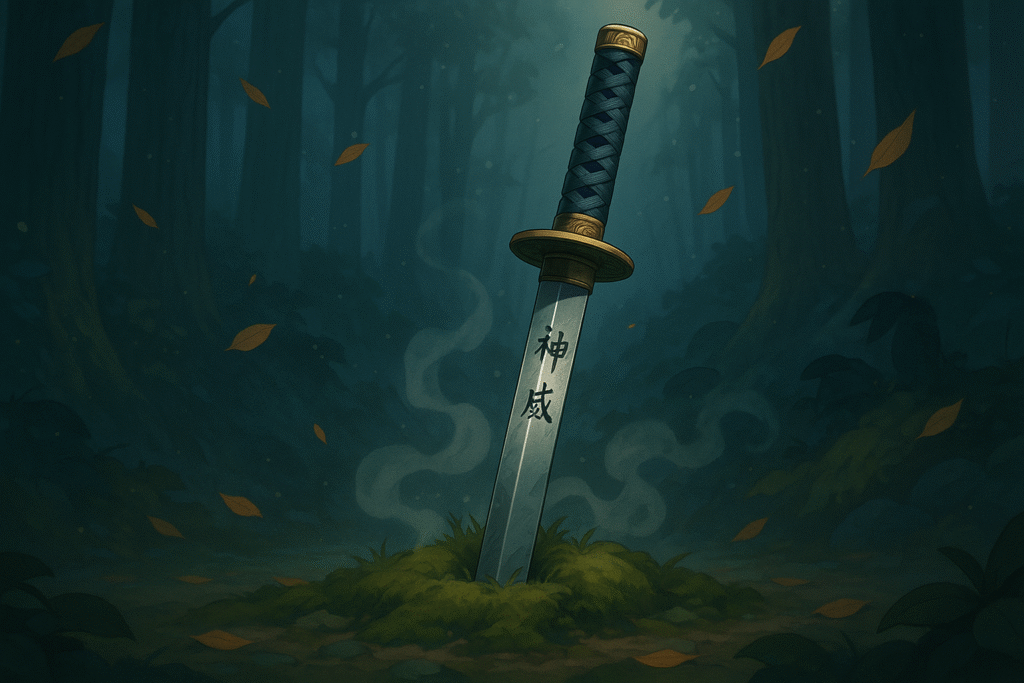As autumn leaves give way to frosty mornings and snow-covered landscapes, there’s no better time to explore the serene beauty of winter haiku. These compact Japanese poems have captivated readers for centuries with their ability to distill winter’s essence into just a few carefully chosen words.
What Makes Winter Haiku So Special?
Winter haiku poems create powerful imagery of snowy landscapes, frozen ponds, and the quiet solitude that defines the coldest season. With just three lines following the traditional 5-7-5 syllable pattern, these miniature masterpieces transport readers to a world where “miles of frost” meet moonlight on a frozen lake, or where snow silently collects “in both stirrups” of a tethered horse.
The beauty of winter haiku lies in its simplicity. As the renowned haiku master Basho advised, we should “prefer vegetable broth to duck soup”—meaning we should embrace the straightforward meaning rather than seeking overly complex interpretations. Winter haiku capture fleeting moments and subtle emotions in the fewest words possible.
Want to learn more about Japanese language and culture? Check out our Learn Japanese page for free guides to enhance your understanding of this beautiful language!
The Winter Haiku Masters and Their Unique Styles
Matsuo Basho: The Melancholic Observer
Basho, perhaps the most renowned haiku poet, brings a touch of melancholy to his winter haikus that aligns with the later concept of wabi-sabi—finding beauty in imperfection and impermanence. Consider this haunting example:
Winter solitude—
In a world of one color
The sound of wind.
This winter haiku perfectly encapsulates the monochromatic landscape and the profound silence of winter, broken only by the wind’s subtle voice. Basho often finds beauty in winter’s starkness, as seen in another famous verse:
Awake at night—
The sound of the water jar
Cracking in the cold.
Yosa Buson: The Observational Artist
While Basho brings emotional depth, Buson’s winter haikus feel more observational, capturing precise visual moments with an artist’s eye:
Tethered horse;
Snow
In both stirrups.
This six-word haiku about winter creates a complete scene that invites readers to imagine the story behind this frozen moment. Who left the horse waiting so long? Where is the rider? The haiku about snow tells us nothing yet suggests everything.
Kobayashi Issa: The Compassionate Humorist
Issa brings a warm humanity and occasional humor to his haikus about winter:
The snow is melting
And the village is flooded
With children.
His winter haikus often feature a gentle smile or a touch of compassion that brings light to the coldest season.
Want to explore Japan’s culture?
Discover Japan’s rich culture, traditions, and hidden gems with our expertly crafted guides. Get insider tips on travel, food, and history. All for free!
How to Appreciate Winter Haiku
To truly experience haiku poems about winter, follow these simple steps:
- Read slowly – Don’t rush through the words. Let each line register fully.
- Visualize the scene – Create a mental image of what the poet describes.
- Notice your feelings – Pay attention to the emotions that arise.
- Consider the season – Think about how winter’s qualities (stillness, cold, clarity) enhance the meaning.
- Look beyond words – Sometimes what’s unstated matters most in haiku about winter.
As an example, let’s examine this winter haiku by Horiuchi Toshimi:
Winter well:
A bucketful
Of starlight.
This haiku about winter invites us to imagine looking down into a water well during winter, seeing stars reflected in its depths. The image connects the sky above with the earth below, suggesting both vastness and intimacy in a single moment.
Essential Elements of Winter Haiku
Seasonal References (Kigo)
All authentic haikus about winter contain a kigo or seasonal reference. In winter haiku, common kigo include:
- Snow (yuki)
- Frost (shimo)
- Cold rain (kaname)
- Frozen pond (kōtta ike)
- Winter moon (fuyu no tsuki)
These winter kigo immediately establish the season and evoke specific sensory experiences.
Cutting Words (Kireji)
Traditional Japanese haiku employ kireji or “cutting words” that create a pause or shift in perspective. In English translations of winter haiku, these often appear as dashes, ellipses, or other punctuation:
First winter rain—
Even the monkey
Seems to want a raincoat.
The dash after “rain” creates a momentary pause before the surprising image of the shivering monkey.
Creating Your Own Winter Haiku
Inspired to write haiku poems about winter yourself? Here’s a simple guide:
- Observe winter moments – Pay attention to small details during the winter season.
- Follow the structure – Aim for the 5-7-5 syllable pattern (though contemporary haiku often breaks this rule).
- Include a seasonal reference – Mention snow, frost, or another winter element.
- Create contrast – Juxtapose two images or ideas.
- Keep it simple – Use plain language rather than flowery descriptions.
Winter Haiku Across Cultures
While haiku originated in Japan, poets worldwide have embraced this form to capture winter’s essence. In our increasingly connected world, winter haiku provides a universal language for expressing the quiet beauty of the coldest season, whether experienced in the mountains of Hokkaido or the plains of North America.
As noted in our previous post on “The Akita: Japan’s Legendary Bear Hunting Dog”, winter in Japan has historically been a time of both challenge and transcendent beauty—themes perfectly captured in the winter haiku tradition.
The Enduring Appeal of Winter Haiku
What makes haiku about winter so enduring? Perhaps it’s the perfect match between form and subject. Winter itself strips away excess, revealing essential forms beneath—just as haiku strips away linguistic excess to reveal core experiences.
As we explored in “How Anime Emotions Bring Characters to Life”, Japanese artistic traditions excel at expressing complex emotions through minimal means—and winter haiku represents this approach at its most refined.
Winter Haiku Q&A
Q: What is a winter haiku? A: A winter haiku is a short three-line poem that follows a 5-7-5 syllable pattern and contains a seasonal reference to winter.
Q: Who are the most famous winter haiku poets? A: Matsuo Basho, Yosa Buson, and Kobayashi Issa are considered the greatest masters of winter haiku.
Q: How do you write a winter haiku? A: To write a winter haiku, observe a winter moment, follow the 5-7-5 syllable pattern, include a winter reference, and use simple, evocative language.
Q: What are common themes in winter haiku? A: Common themes include solitude, stillness, the contrast between cold exteriors and warm interiors, and the beauty of snow and frost.
Q: Why are winter haiku so popular? A: Winter haiku are popular because they capture universal experiences of the season in a concise, accessible form that resonates across cultures and time periods.
Conclusion: The Quiet Power of Winter Haiku
In our busy digital world, winter haiku offers a moment of contemplative stillness—a literary snowflake that asks us to pause and notice the extraordinary in ordinary winter moments. Whether you’re a seasoned poetry enthusiast or new to the form, winter haiku provides a gateway to experiencing the season’s unique beauty through the lens of Japanese poetic tradition.
The next time snow falls or frost patterns your window, perhaps you’ll find yourself inspired to capture that moment in your own winter haiku. After all, the essence of this poetic form is not in complex literary techniques but in the simple act of paying attention to winter’s quiet wonders.
Have you written winter haiku of your own? Share them in the comments below!
Love Japan? Stay in the Loop!
Get the best of Japan straight to your inbox: language, culture & travel insights!




